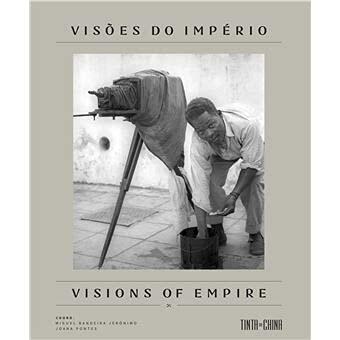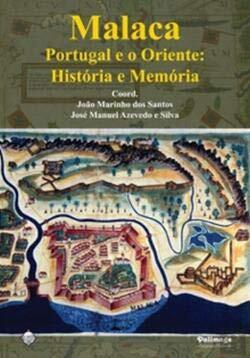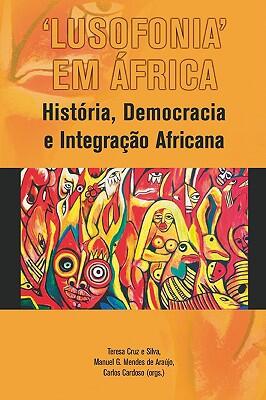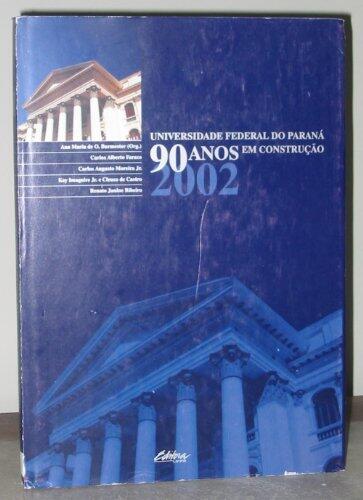
A manilha e o libambo: a Africa e a escravidão, de 1500 a 1700
بواسطة
Alberto da Costa e Silva
لا توجد تقييمات بعد
History
تنسيق
غلاف صلب
صفحات
1,071
لغة
البرتغالية
منشور
Jan 1, 2002
الناشر
Editora Nova Fronteira Ministério Da Cultura, Fundação Biblioteca Nacional, Departamento Nacional Do Livro
رقم ISBN-10
8520912621
رقم ISBN-13
9788520912621
الوصف
Alberto Da Costa E Silva delves into the intricate history of Sub-Saharan Africa between the 1500s and 1700s, a time profoundly marked by the emergence of oppressive systems and the transatlantic slave trade. This exploration reveals the socio-political landscape of the region, highlighting how European colonization and the insatiable demand for labor disrupted local cultures and communities.
Through a meticulous examination of historical records and narratives, the work captures the resilience and struggles of African societies in the face of encroaching forces. The author weaves together stories that showcase the human impact of slavery, portraying both the suffering endured and the cultural exchanges that arose during this tumultuous period.
E Silva’s analysis extends beyond mere dates and events, inviting readers to understand the complexities of identity and agency within the continent. The book encourages reflection on the enduring consequences of this era, resonating with contemporary discussions about heritage and historical accountability.
A powerful narrative emerges, emphasizing that the history of Africa cannot be divorced from global forces that shaped it. Ultimately, this comprehensive overview serves not only as an academic resource but also as a reminder of the inherent strength found within the continent's diverse populations.
Through a meticulous examination of historical records and narratives, the work captures the resilience and struggles of African societies in the face of encroaching forces. The author weaves together stories that showcase the human impact of slavery, portraying both the suffering endured and the cultural exchanges that arose during this tumultuous period.
E Silva’s analysis extends beyond mere dates and events, inviting readers to understand the complexities of identity and agency within the continent. The book encourages reflection on the enduring consequences of this era, resonating with contemporary discussions about heritage and historical accountability.
A powerful narrative emerges, emphasizing that the history of Africa cannot be divorced from global forces that shaped it. Ultimately, this comprehensive overview serves not only as an academic resource but also as a reminder of the inherent strength found within the continent's diverse populations.



















